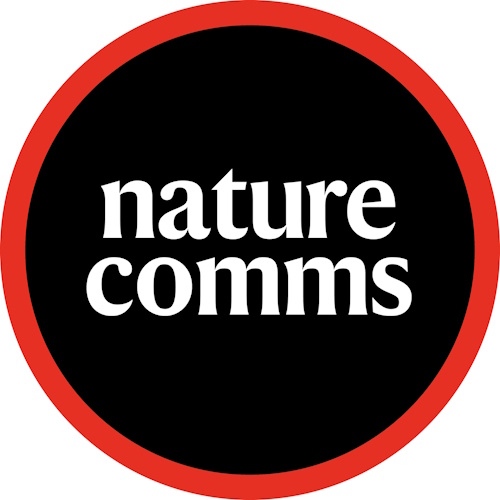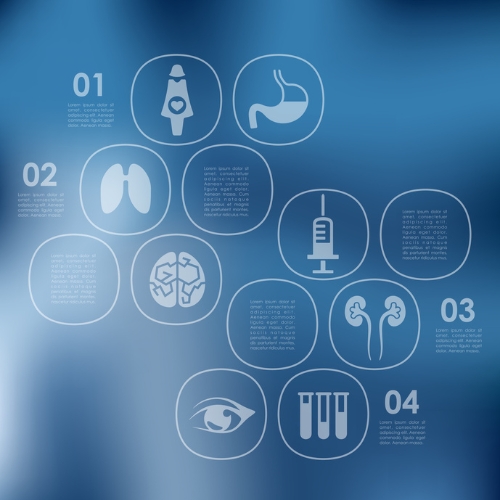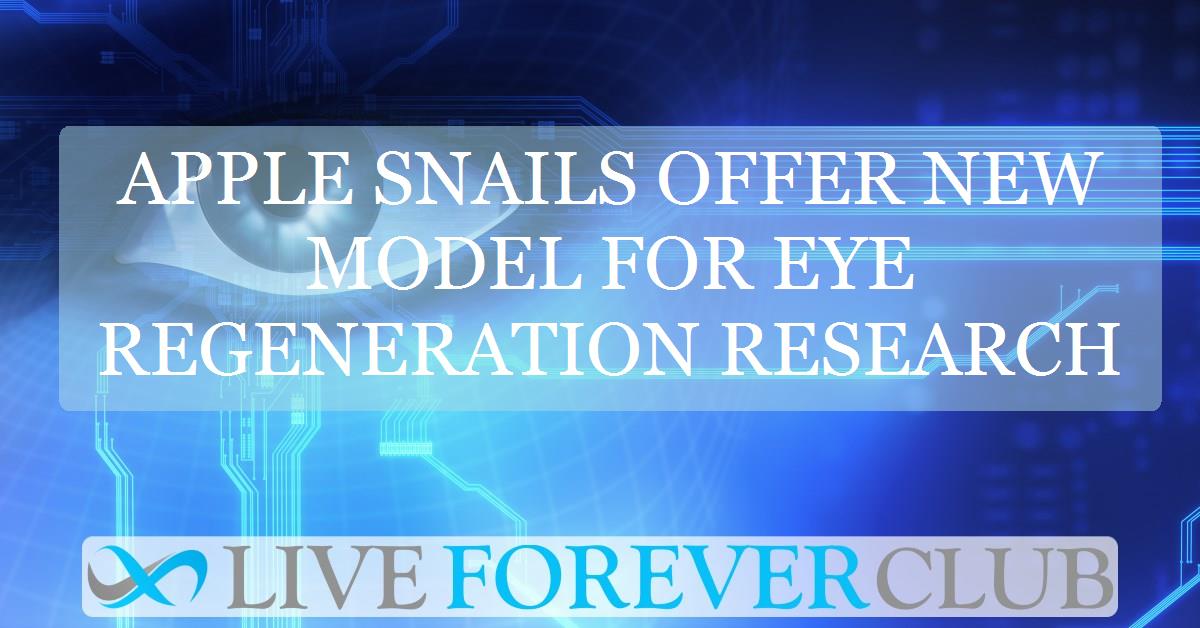Key points from article :
A team led by Alice Accorsi at the University of California, Davis, has turned to an unusual model organism—the golden apple snail—to investigate how complex eyes can regenerate. Published in Nature Communications, the study reveals striking anatomical and genetic similarities between snail and human eyes, making the freshwater snail a promising system for understanding how regeneration might one day be applied to human vision loss. Unlike most animals, these snails can fully regrow their eyes, offering scientists a rare opportunity to study complete organ regeneration in real time.
The researchers carefully mapped the regrowth process after surgical removal of a snail’s eye. Within a day, wounds close to prevent infection, followed by the migration of unspecialized cells to the site. Over about two weeks, these cells progressively form critical eye structures, including the lens, retina, and optic nerve. By 15 days, a functional eye has reappeared, though the team is still testing whether the regenerated organ can actually restore sight. Genetic and genomic analyses showed that many of the same developmental genes present in humans are active during the snails’ regeneration, strengthening the case that lessons learned here could be relevant to people.
To dive deeper, the team has developed tools to edit the snail’s genome using CRISPR-Cas9. By mutating specific genes and observing the results, they aim to pinpoint the molecular drivers of regeneration. If these genes are conserved in vertebrates, researchers may eventually be able to trigger similar repair pathways in human eyes, potentially offering new treatments for blindness and traumatic injury.
Golden apple snails, native to South America but now invasive in many regions, are especially well-suited to laboratory study thanks to their resilience, rapid breeding, and camera-like eyes similar to ours. Accorsi notes that their unique biology and practicality make them an ideal model: a first for snail-based regeneration research. While clinical applications remain distant, this work opens a new frontier in regenerative medicine, with the tantalizing possibility of helping humans regain lost vision.








